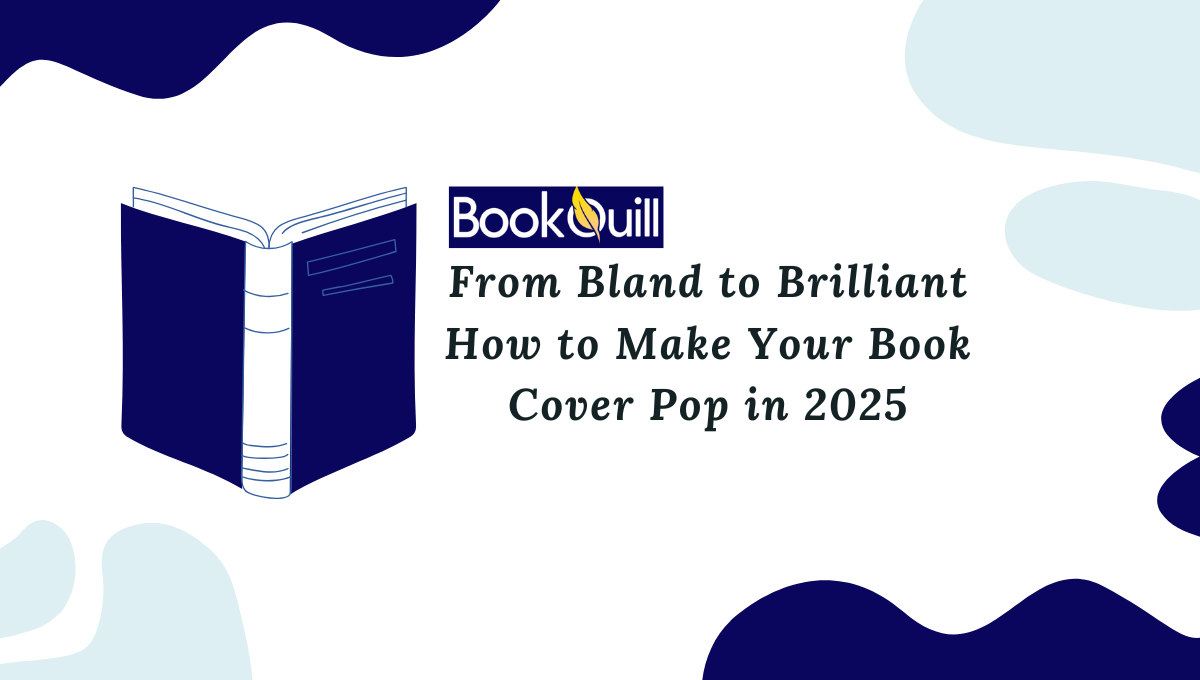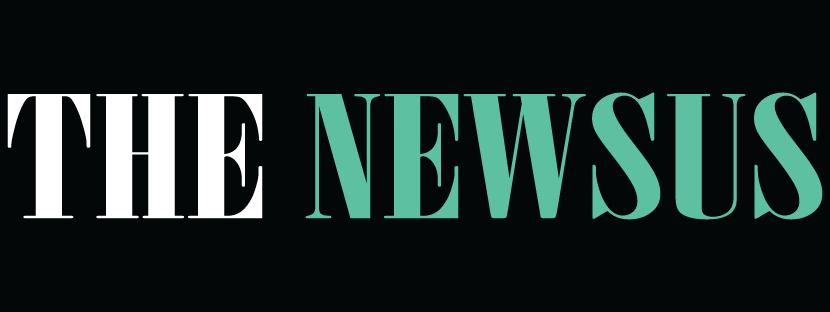From Bland to Brilliant How to Make Your Book Cover Pop in 2025
The Cold Night Which Changed Everything The night was dark and full of terrors. I was writing my first horror...

The Cold Night Which Changed Everything
The night was dark and full of terrors. I was writing my first horror novel. Even though it was Christmas week, the snow hadn’t started to fall yet—it was still as cold as it gets outside. I typed and typed and typed.
As I finished my manuscript, I had a crazy idea: what if I designed my book cover with Canva instead of paying some designing expert who doesn’t even know my vision? It made sense to me at the time. I made it myself, got my book edited and formatted, and sent it to my peers for review.
Weeks passed. I called them and asked for their thoughts.
The first thing I heard was unimaginable.
They laughed. Not all, but most of them.
They said while my story was very good, the cover I had designed was ruining everything. They said it looked like someone had slapped The Dictator’s movie poster on a Godfather-like story—it didn’t make any sense.
That’s when I finally got in touch with the best book design service I could find—and they nailed it. Way better than I expected.
Why am I telling you all this?
So you can learn what I didn’t from the start.
In this blog, I’ll tell you everything that designing company told me, and everything I learned—how to take a book cover from bland to brilliant. So sit tight and hop on for a ride.
The Brutal Truth: Your Book Cover Will Be Judged
People judge a book by its cover all the time. That old line— “Don’t judge a book by its cover”—is a myth that only works in psychology class. The world isn’t a therapy session. Out here, they will judge you by your book cover, whether you like it or not. If your cover looks like it was slapped together during a caffeine crash, readers will assume the writings just as messy. Harsh? Yeah. But this isn’t about fairness—it’s about perception. You’ve got milliseconds—milliseconds—to convince someone scrolling through Amazon that your book is worth their click. If your cover’s a wreck, they’ll scroll past faster than you can say “add to cart.”
What Makes a Book Cover Actually Work
A good book cover isn’t just decoration—it’s a signal flare. It tells the reader exactly what kind of story they’re stepping into, without them having to read a single word. It whispers (or sometimes screams), “Hey, you like dark thrillers with morally questionable protagonists? Right this way.” Every element—colors, fonts, imagery, even spacing—pulls together to deliver a message in under two seconds. A cover isn’t trying to be deep or subtle.
It Ain’t Just About “Looking Cool”
Here’s what that premium book design service told me about reader psychology—and yeah, it slapped me awake. Most authors think if the cover looks cool, then it’s good enough. News flash, genius: you couldn’t be more wrong. What a cover actually needs is the right language—a visual dialect that speaks to your target readers with zero confusion. You can have the sickest graphic in the galaxy, but if it doesn’t scream your genre, your mood, your vibe, then congrats—you’ve made a pretty picture that belongs in the wrong room. A romantic comedy with a blood-splattered typeface? Confusing. A sci-fi thriller wrapped in pastel flowers and cursive fonts? Hard pass. “Looking cool” means nothing if it doesn’t make sense. The best covers don’t just look good—they feel right. Instantly. Instinctively.
What a Real Designer Brings to the Fight
With an affordable book cover design service, you free yourself from all the headaches and technical mumbo jumbo that comes with trying to do it all yourself. You get to focus on your strong suit—writing. A good designer knows the deal: mood, vibe, genre, composition, all of it. Seriously, they’ve probably been doing this for years. Just like you know how to write, they know how to design—it’s their battlefield. All you have to do? Communicate your vision clearly, then step back and let them work their magic.
DIY Without the Disaster: If You’re Gonna Do It, Do It Right
Look, I get it. Not everyone has the cash to drop on a pro designer. Sometimes you’ve got to wear all the hats—writer, marketer, publisher, and yes, even book cover designer. But if you’re going to go full DIY, you need to treat it like it matters—because it does. This isn’t the time for winging it on a Sunday night with a free Canva account and a dream. DIY doesn’t mean low effort—it means doubling down on research, on testing, on not embarrassing yourself publicly. If you’re going to do it, do it like your book’s life depends on it. Because honestly? It does.
Here’s What I Wish I Knew Before I Opened Canva
I wish someone had grabbed me by the collar and said, “Hey, genius, just because you can drag and drop doesn’t mean you should.” I didn’t know genre conventions mattered that much. I didn’t know colors had psychological weight. I didn’t know that fonts could make or break a vibe instantly. I just thought, this looks cool, ship it. Big mistake. Huge. What I should’ve done was study top-selling book covers in my genre. I should’ve paid attention to what worked—and why. I should’ve asked for feedback from people who weren’t afraid to hurt my feelings. Bottom line? Canva’s a tool, not a shortcut. If you’re gonna use it, use it like a pro—not like a desperate author slapping lipstick on a pig.
Conclusion: Don’t Just Sell a Story—Sell the Experience
Here’s the truth with its mask off: your book cover is your battlefield—and your billboard. It’s not just a pretty face; it’s the first line of your pitch, the armor of your narrative, the promise you make to a stranger with a twitchy thumb and a short attention span. You can write the next great novel of the decade, but if the cover’s weak, it might never leave your drafts folder’s shadow.
So whether you go pro, go solo, or do a little dance in between—make it count. Make it speak. Make it sing like the story inside. Because that’s how you go from bland… to brilliant.
Before You Embarrass Yourself on Amazon…
Q: Can I still use Canva for my book cover in 2025?
Yes, but proceed with reverence. Canva is a tool, not a savior. Use custom dimensions, upload quality fonts, and study your genre like it’s a sacred text. Don’t guess—research.
Q: How much does a professional book cover designer cost in 2025?
Anywhere from $150 to $800+, depending on experience, niche, and revisions. But think of it as an investment, not an expense. Your cover opens doors—or closes them.
Q: What’s the biggest mistake self-publishers make with book covers?
Mismatch. A comedy cover for a thriller. A self-help vibe for a dystopian epic. Readers should know what they’re getting without thinking twice.
Q: How do I know if my book cover “works”?
Ask for brutally honest feedback. Post in writing groups, run A/B tests, and don’t just ask your friends (they’re lying to protect your ego). If strangers get it? You nailed it.
Q: Is genre signaling really that important?
Absolutely. It’s not about following trends blindly—it’s about meeting expectations. Genre cues are like a secret handshake for readers. Miss it, and you’re invisible.



